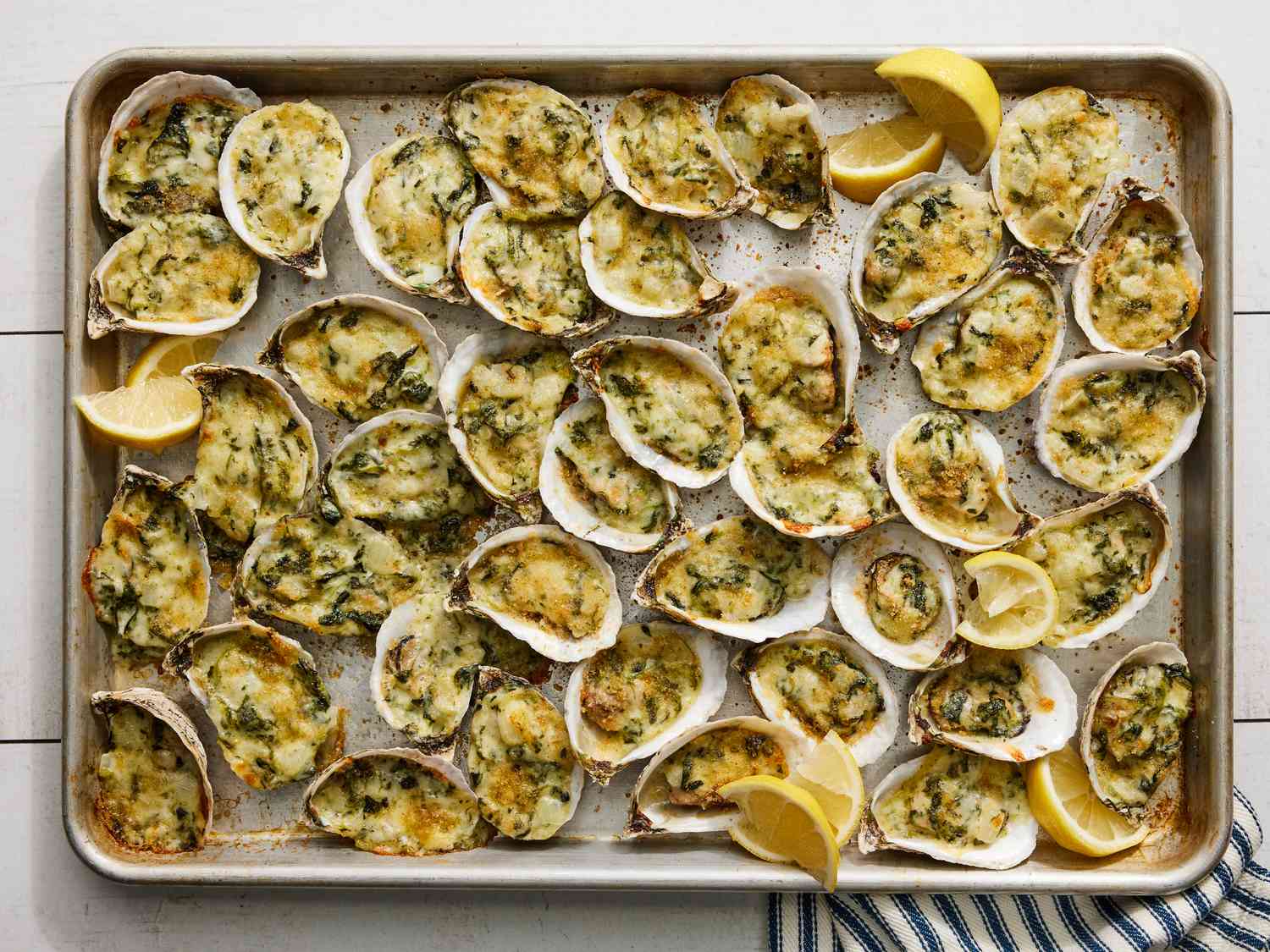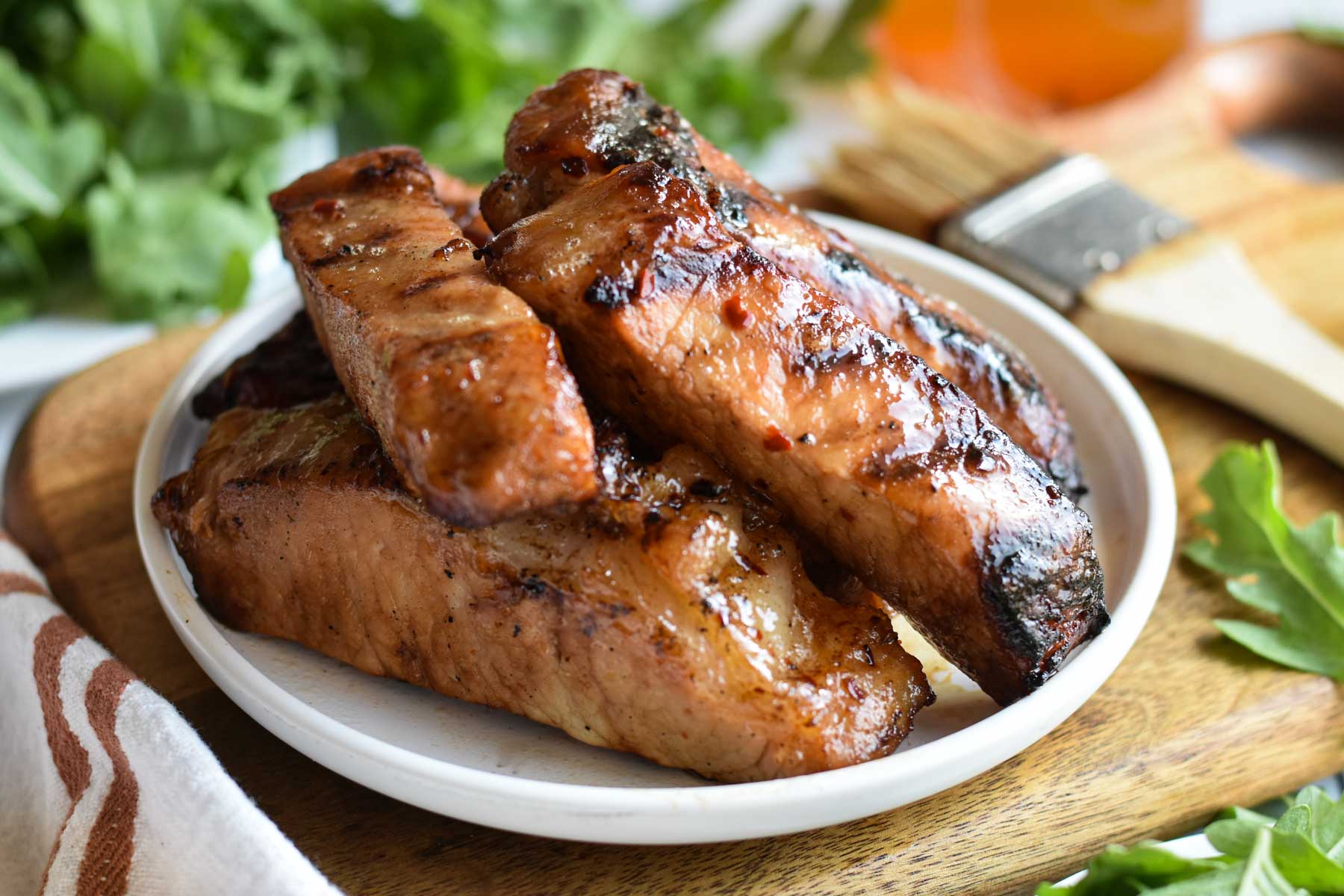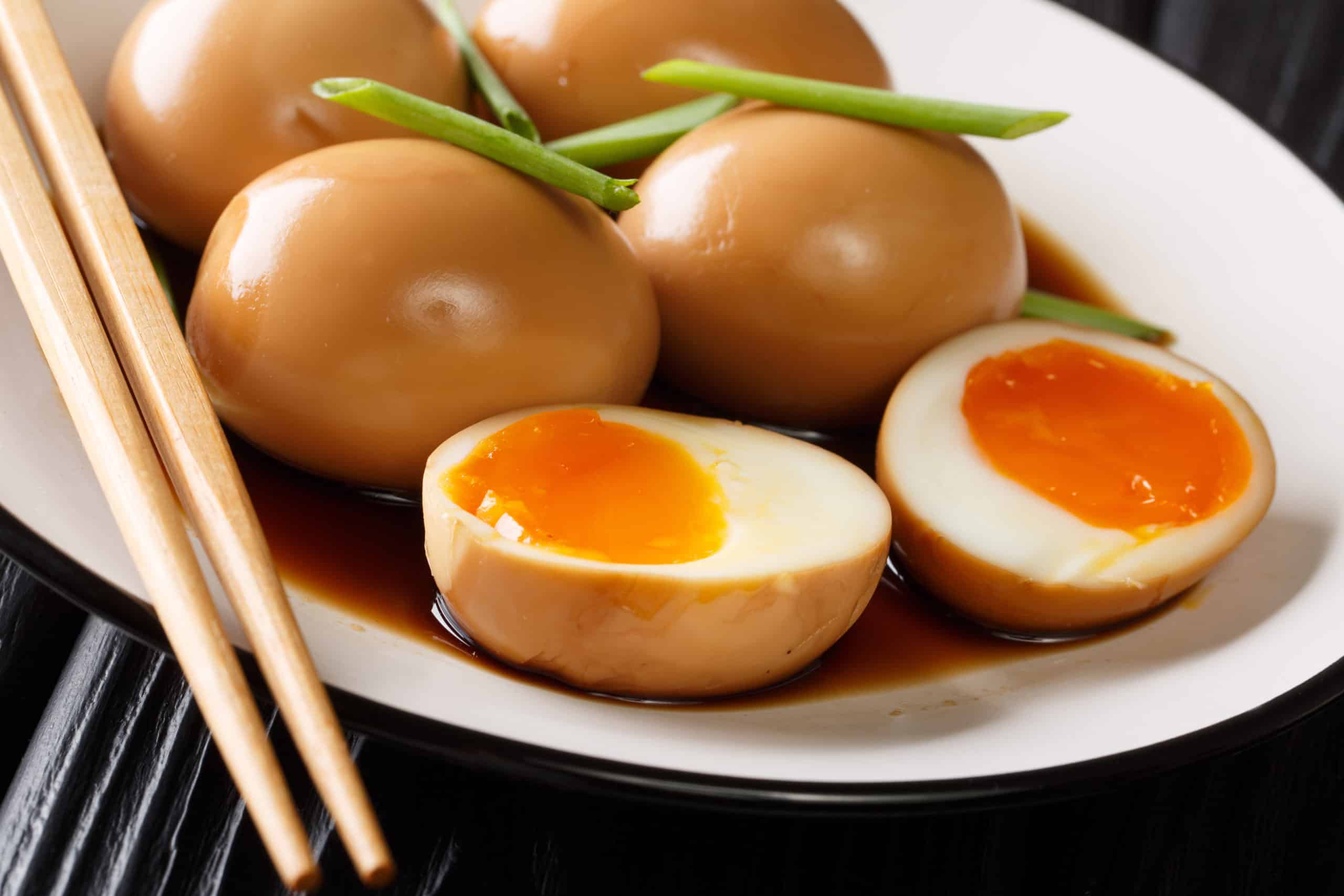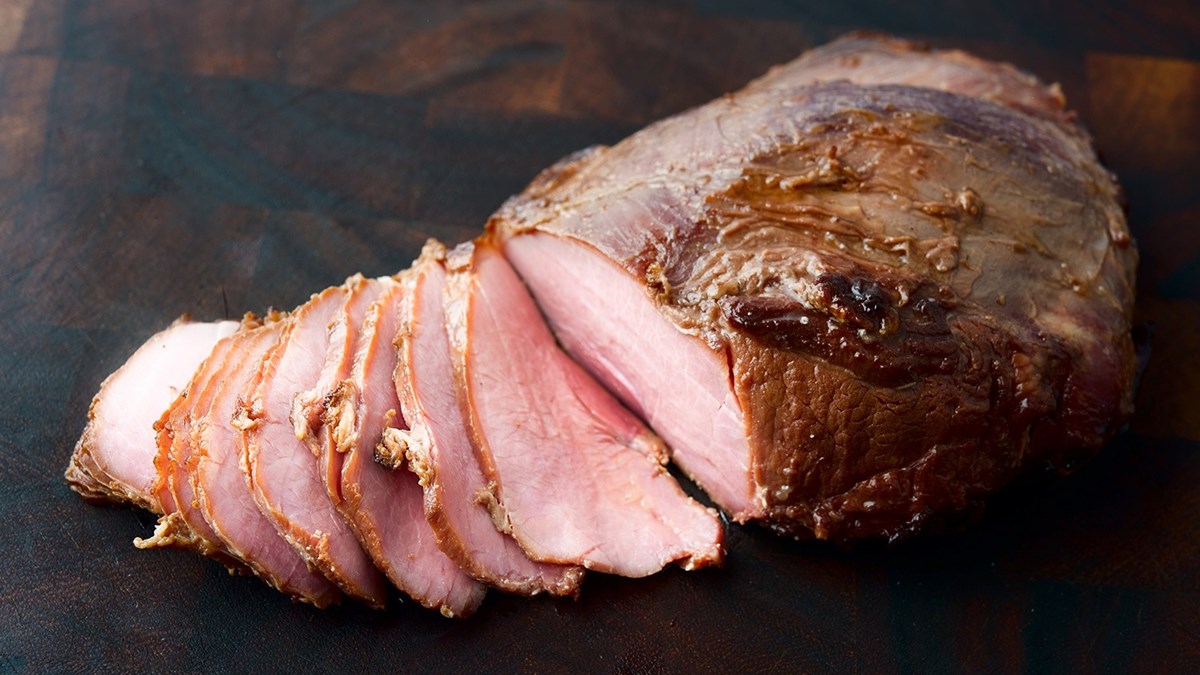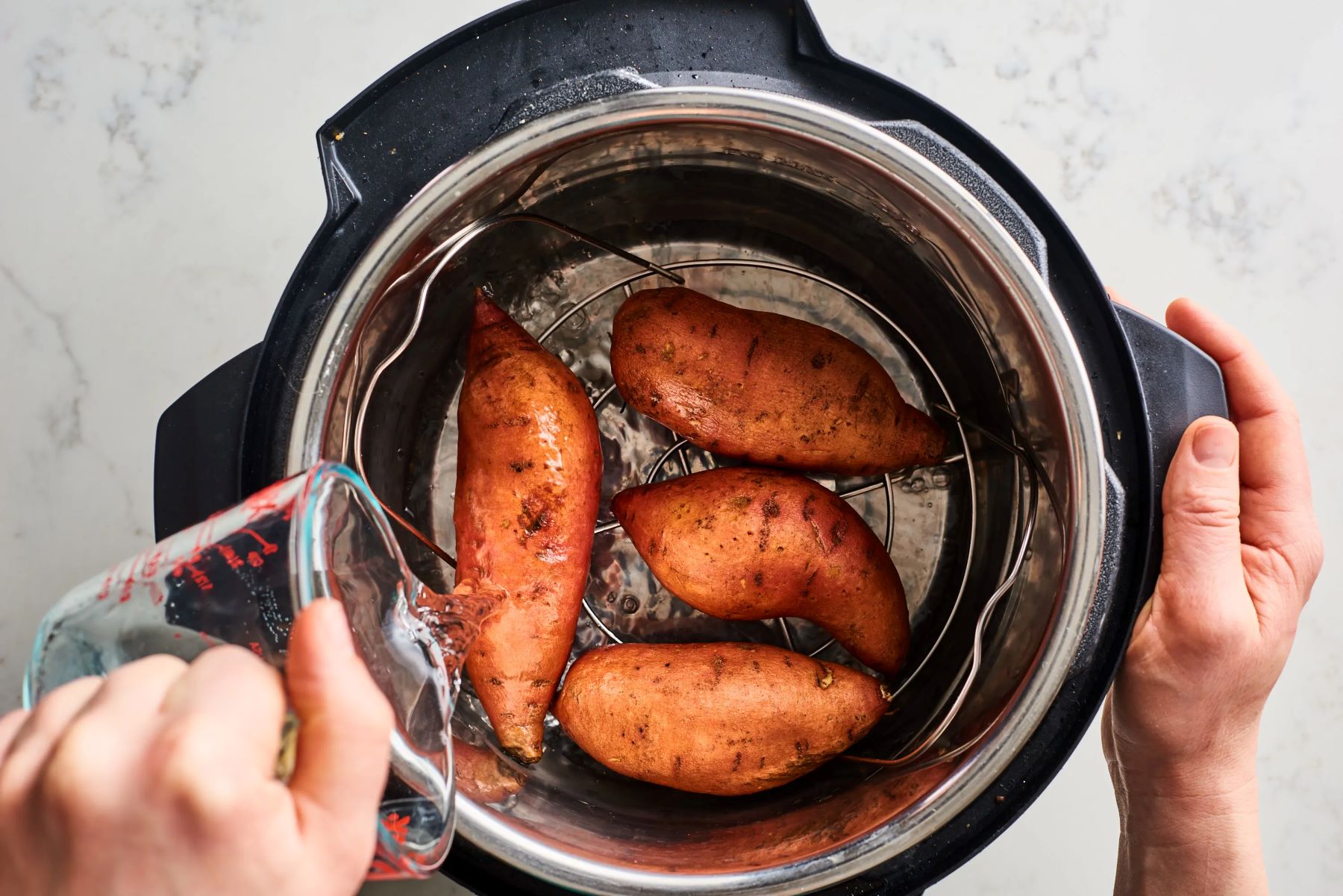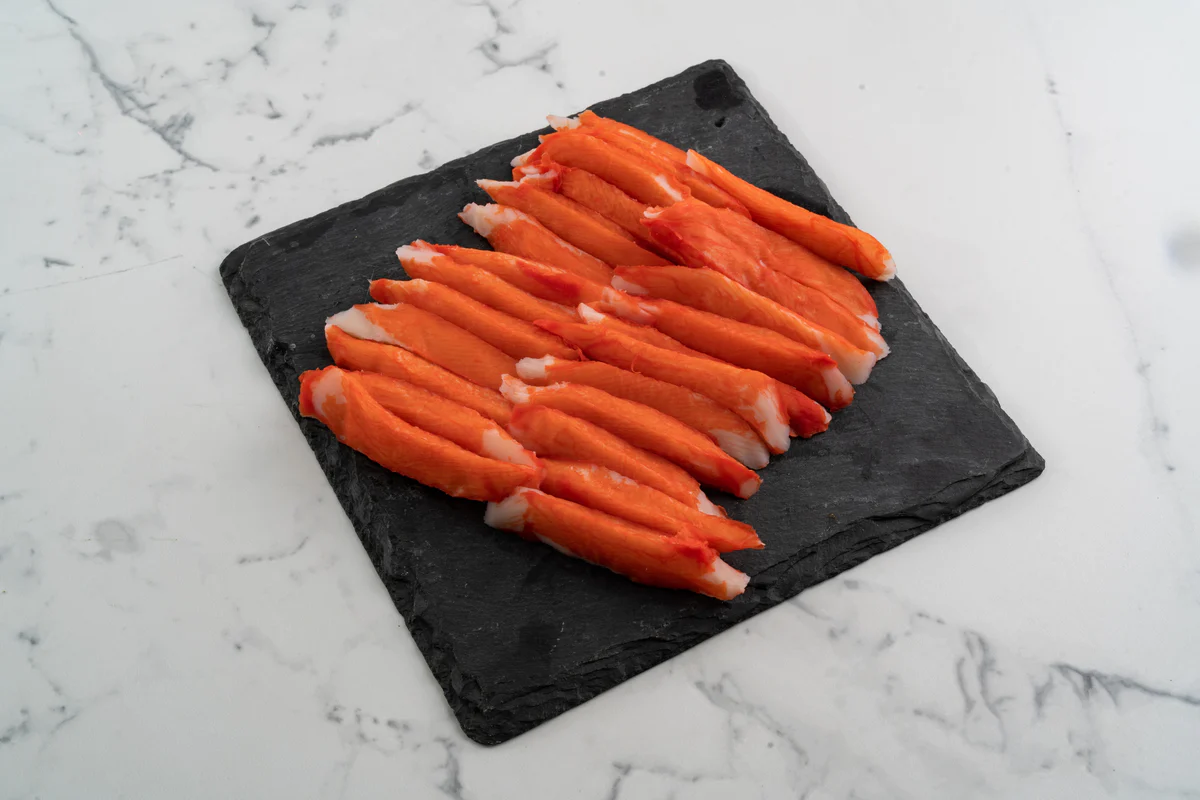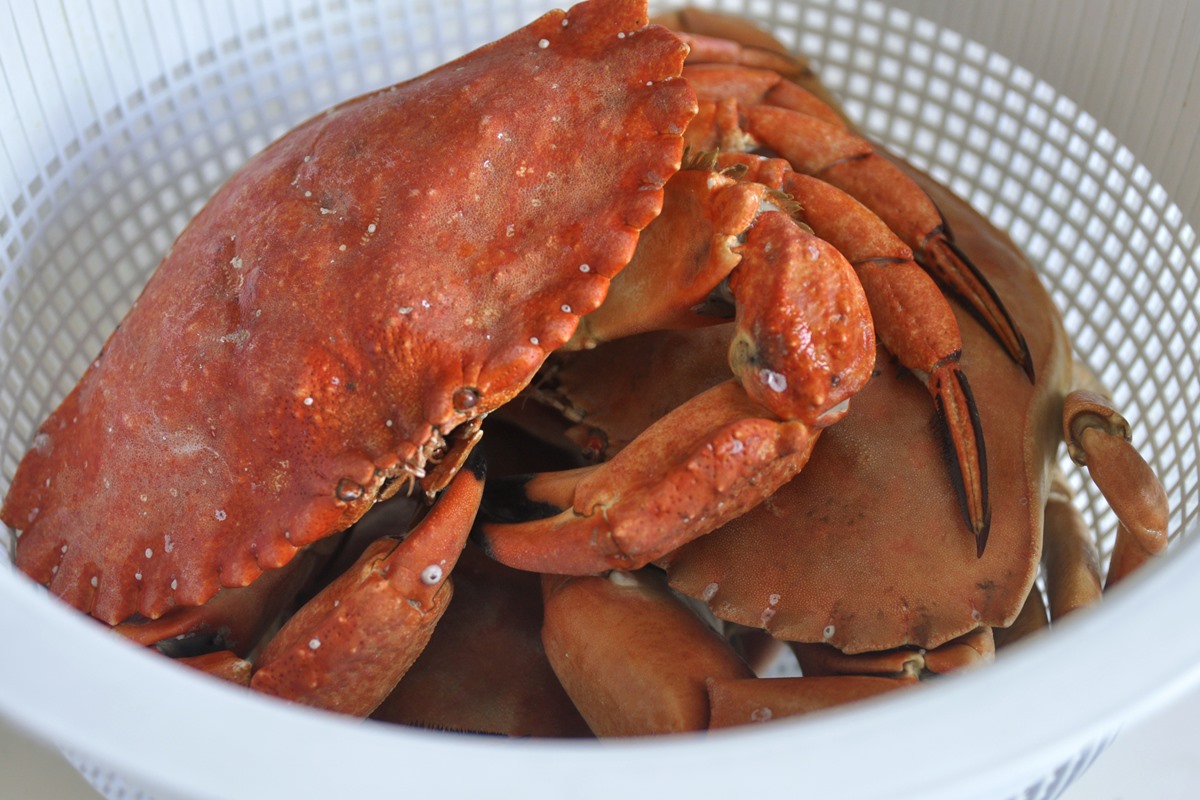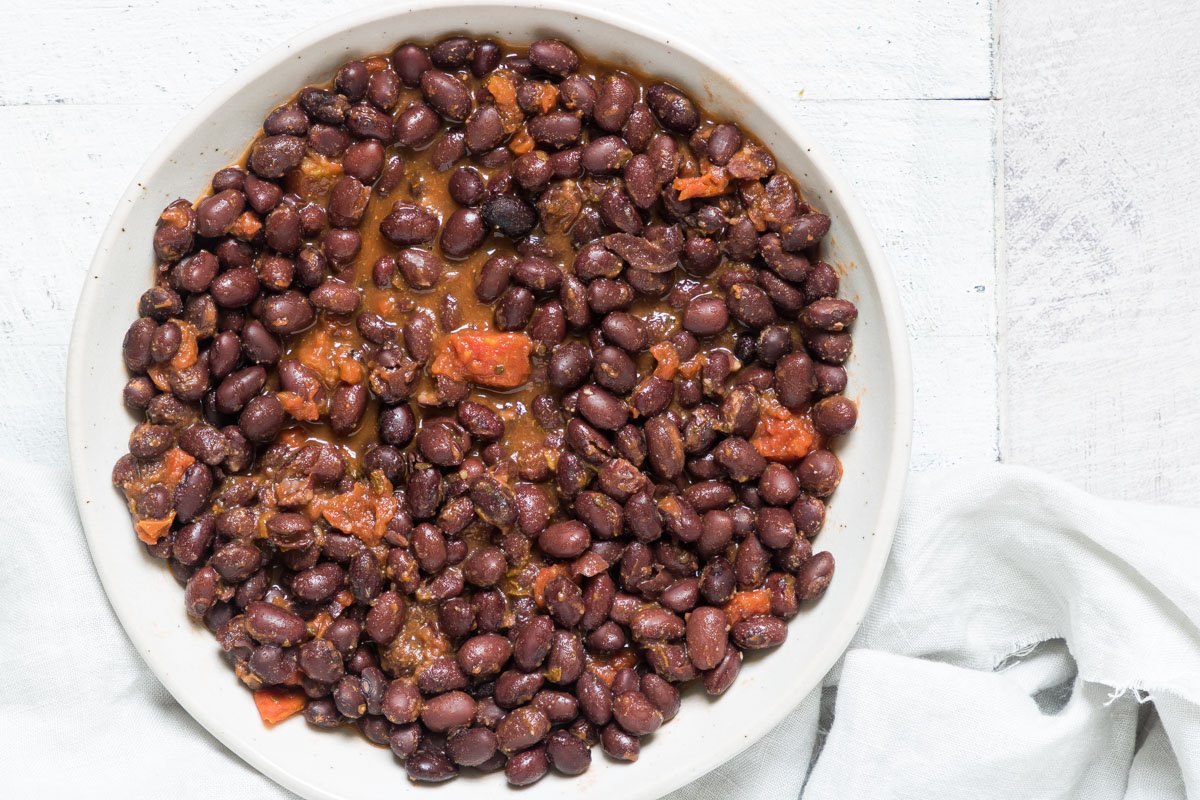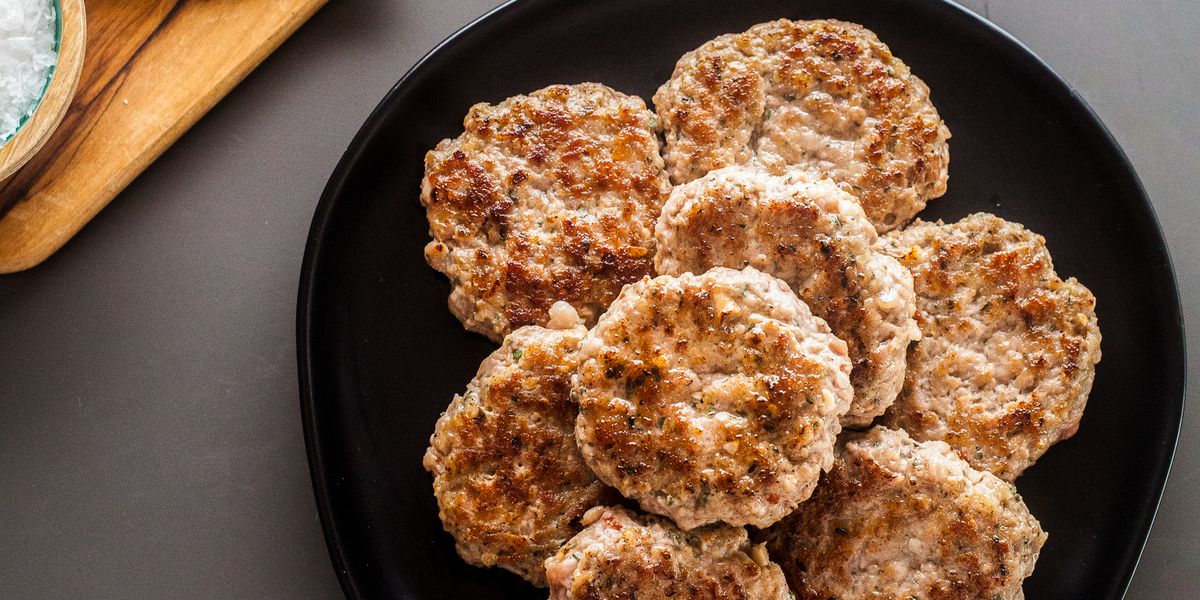The Perfect Recipe for Cooking Ahi Belly
Are you ready to explore the delicious world of Ahi belly? If you have been craving a melt-in-your-mouth delicacy, then you are in for a treat. Ahi belly, the fatty portion of the yellowfin tuna, is known for its rich flavor and succulent texture. In this blog post, we are going to guide you through the process of cooking Ahi belly to perfection. Get your taste buds prepared for an unforgettable culinary experience!
1. Selecting the Freshest Ahi Belly
When it comes to seafood, freshness is key. Look for Ahi belly that has a vibrant color, firm texture, and a slight sheen. Ensure that the fish has a clean smell, devoid of any strong, fishy odors. Opting for sushi-grade Ahi belly is always a good idea as it guarantees the highest quality and freshness.
2. Preparing the Ahi Belly
Before you start cooking, rinse the Ahi belly under cold water and gently pat it dry with paper towels. With a sharp knife, carefully remove any tough skin from the belly, revealing the beautiful marbled flesh. Once cleaned, cut the belly into desired portions, keeping in mind that it will shrink slightly during cooking.
3. Seasoning the Ahi Belly
To enhance the natural flavors of the Ahi belly, keep the seasoning simple. Sprinkle the belly with a pinch of sea salt and freshly ground black pepper. You can also add a touch of your favorite spices or herbs, such as garlic powder or dried thyme, to add an extra layer of aroma to the dish.
4. Choosing the Cooking Method
There are various ways to cook Ahi belly, each providing a unique taste and texture. Here are three popular methods:
- Grilling: Preheat your grill to medium-high heat. Brush the Ahi belly with a light coating of olive oil to prevent sticking. Place the belly on the grill and cook for 2-3 minutes per side, or until it reaches your desired level of doneness.
- Searing: Heat a skillet or frying pan over medium-high heat. Add a small amount of oil and wait until it’s hot. Place the Ahi belly in the pan and cook for 1-2 minutes per side, creating a golden sear on the outside while keeping the inside tender and moist.
- Baking: Preheat your oven to 400°F (200°C). Place the seasoned Ahi belly on a baking sheet lined with parchment paper. Bake for 10-12 minutes or until the fish is cooked through but still tender and flaky.
5. Serving and Enjoying the Ahi Belly
Once your Ahi belly is cooked to perfection, it’s time to plate up and savor the flavors. Consider serving it alongside a refreshing salad or steamed vegetables for a well-balanced meal. For an extra burst of flavor, drizzle some lemon juice or soy sauce over the cooked belly. And don’t forget to garnish with a sprinkle of fresh herbs for that final touch!
Now that you have mastered the art of cooking Ahi belly, you can impress your guests with this exquisite dish. Whether you choose to grill, sear, or bake, the succulent flavors of Ahi belly will surely leave everyone wanting more. So, put on your chef’s hat and get ready to indulge in this delightful seafood treat!
More Delicious Ahi Belly Recipes to Try
Having mastered the basic techniques of cooking Ahi belly, you're now well-prepared to explore a variety of delightful recipes that not only showcase its versatility but also enhance your culinary repertoire. For a light and refreshing option, consider the Ahi Belly Salad with Sesame Ginger Dressing which combines the tender fish with vibrant dressing, perfect for health-conscious diners. Those looking for a bolder taste might enjoy the robust flavors of Charred Ahi Belly with Chimichurri Sauce, a dish that promises to impress with its vibrant herbs and spices. If you're in the mood for something innovative, the Ahi Belly and Brie Phyllo Bites offer a unique blend of textures and flavors, making it an excellent choice for gatherings. Each recipe provides a distinct way to savor this exquisite fish, inviting you to experiment and find your new favorite.
